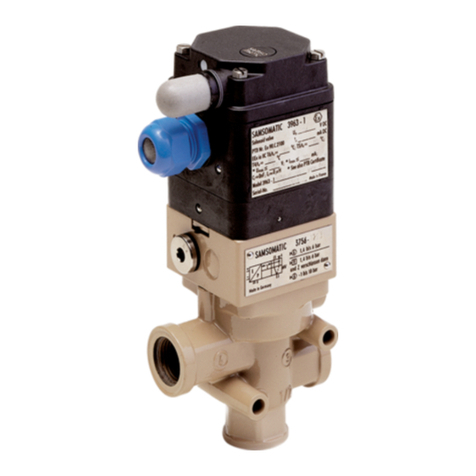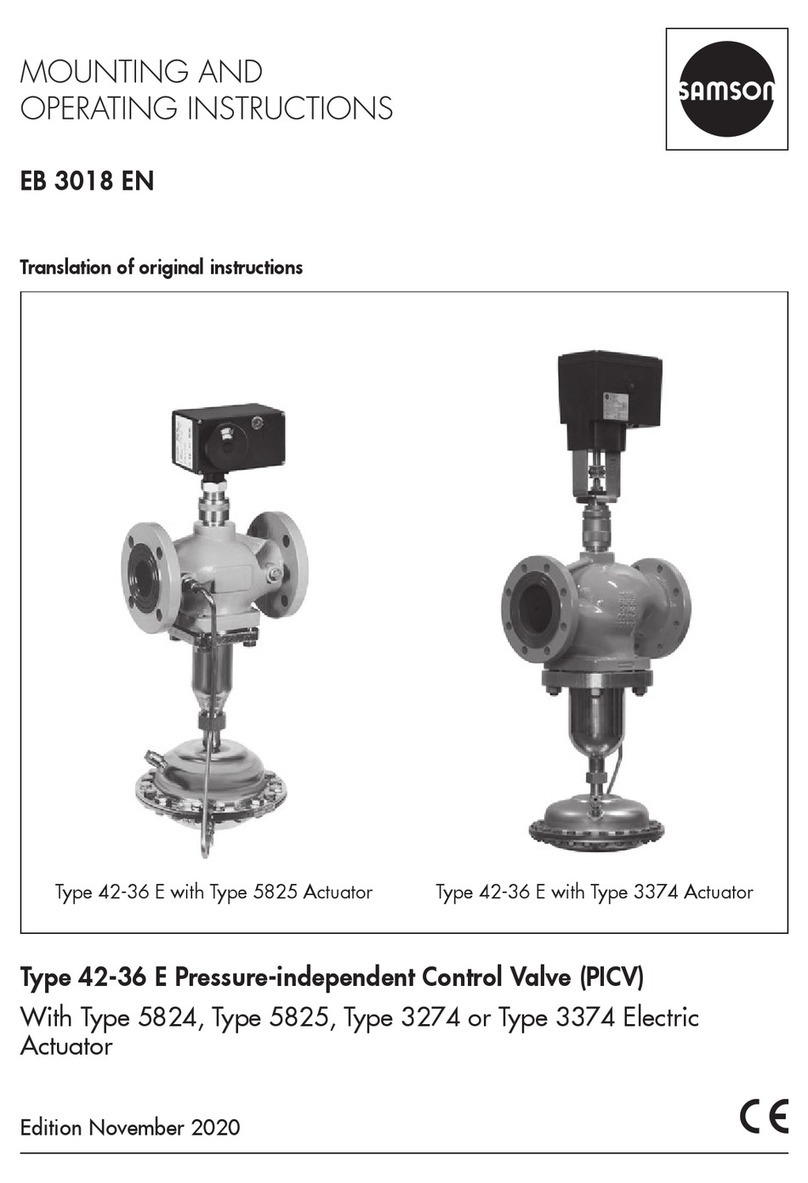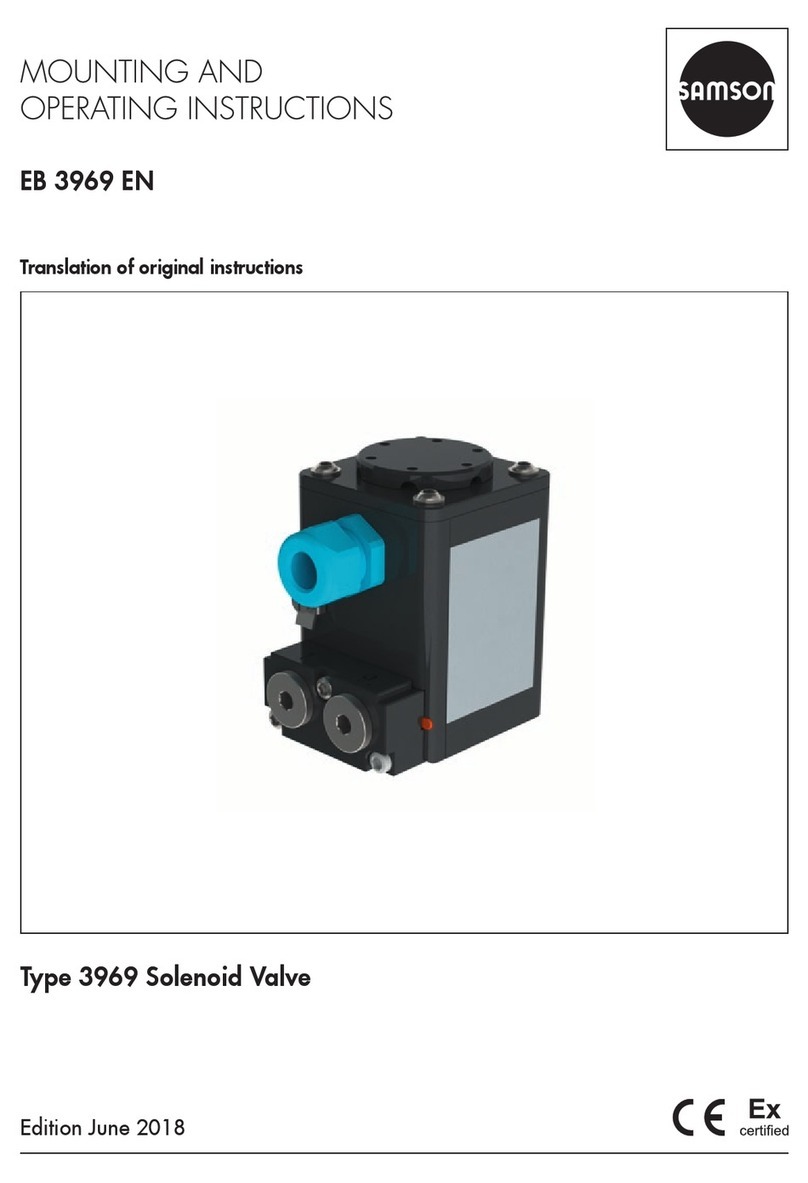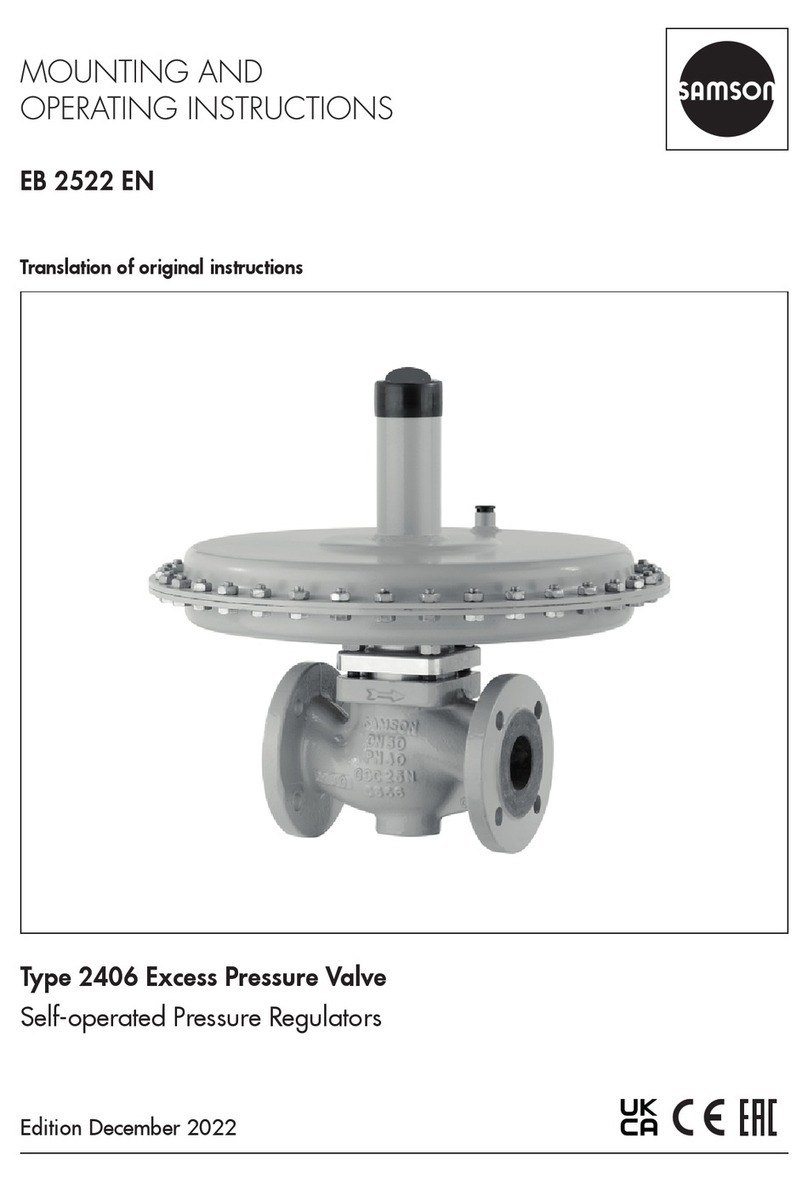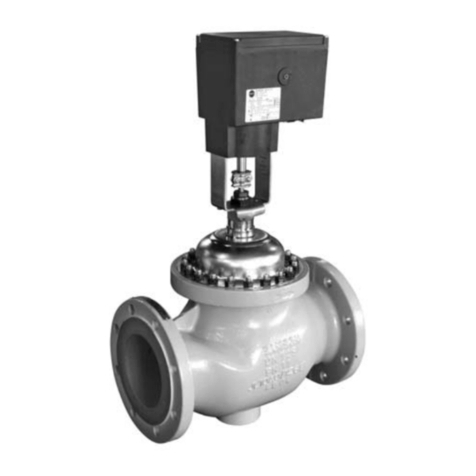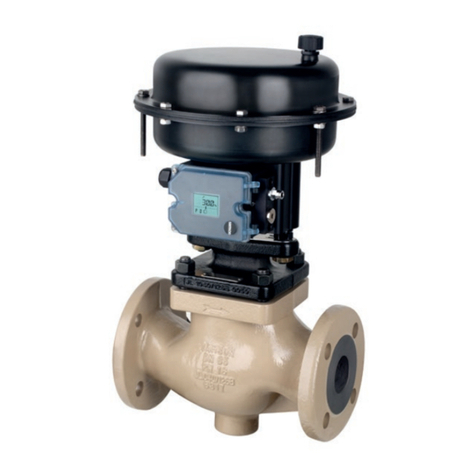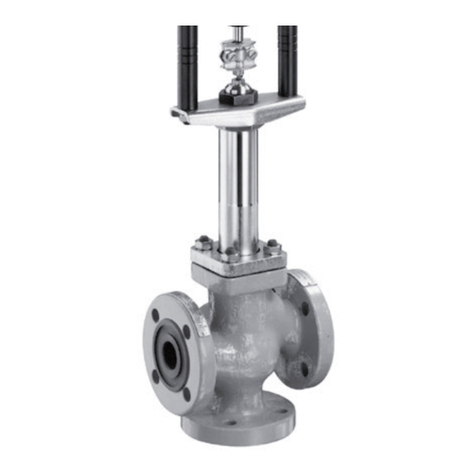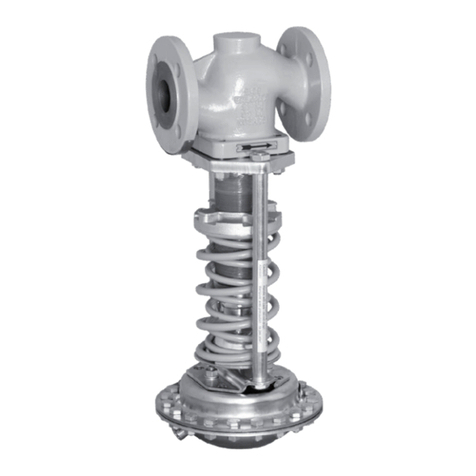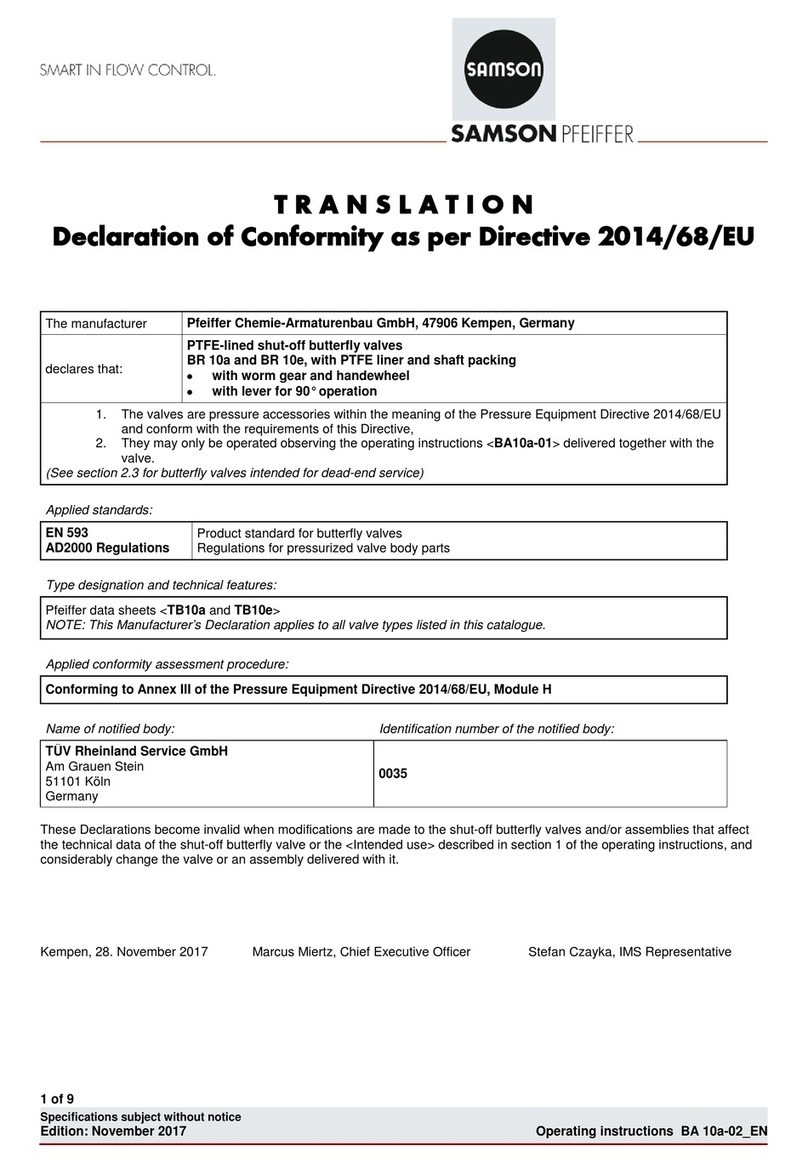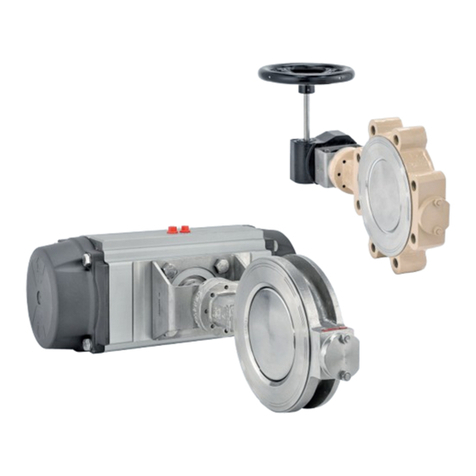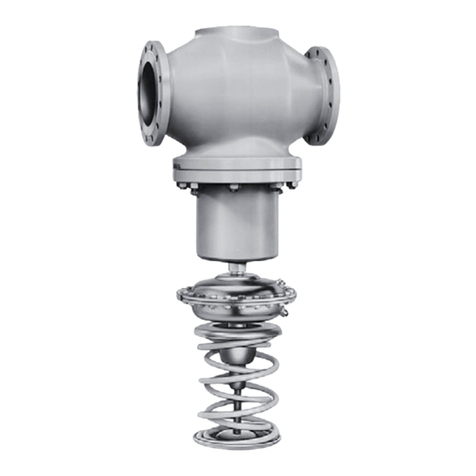
Contents
EB 8091 EN
1 Safety instructions and measures ................................................................1-1
1.1 Notes on possible severe personal injury ......................................................1-4
1.2 Notes on possible personal injury ................................................................1-5
1.3 Notes on possible property damage.............................................................1-7
1.4 Warnings on the device...............................................................................1-8
2 Markings on the device ..............................................................................2-1
2.1 Valve body inscription.................................................................................2-1
2.2 Actuator nameplate.....................................................................................2-1
2.3 Material numbers........................................................................................2-1
2.4 Label when an adjustable packing is installed ...............................................2-2
3 Design and principle of operation ...............................................................3-1
3.1 Versions .....................................................................................................3-3
3.2 Additional ttings........................................................................................3-4
3.3 Valve accessories........................................................................................3-4
3.4 Technical data ............................................................................................3-5
4 Shipment and on-site transport ...................................................................4-1
4.1 Accepting the delivered goods .....................................................................4-1
4.2 Removing the packaging from the valve........................................................4-1
4.3 Transporting and lifting the valve..................................................................4-1
4.3.1 Transporting the valve .................................................................................4-2
4.3.2 Lifting the valve...........................................................................................4-2
4.4 Storing the valve.........................................................................................4-2
5 Installation.................................................................................................5-1
5.1 Installation conditions..................................................................................5-1
5.2 Preparation for installation...........................................................................5-2
5.3 Installing the device.....................................................................................5-3
5.3.1 Mounting the actuator onto the valve............................................................5-4
5.3.2 Installing the valve into the pipeline ..............................................................5-4
5.4 Testing the installed valve.............................................................................5-4
5.4.1 Leak test.....................................................................................................5-6
5.4.2 Travel motion..............................................................................................5-6
5.4.3 Fail-safe position.........................................................................................5-7
5.4.4 Pressure test................................................................................................5-7
6 Start-up .....................................................................................................6-1
6.1 Supply pressures.........................................................................................6-2
6.2 Putting the control valve (back) into operation................................................6-2

